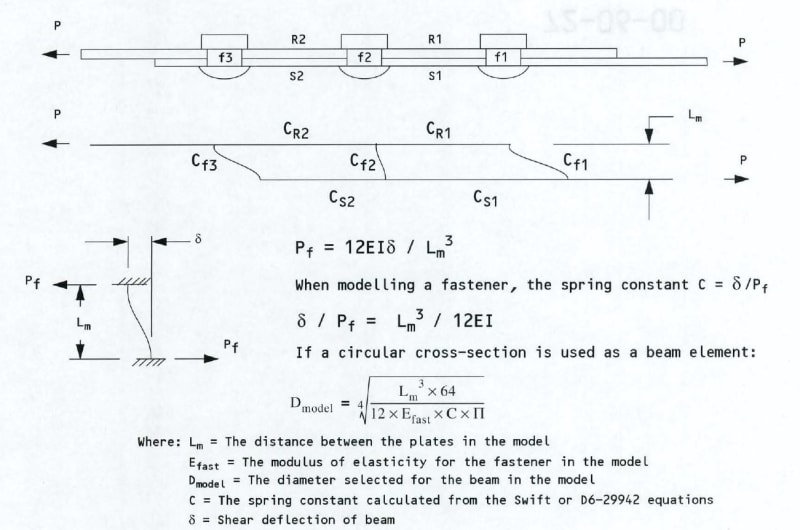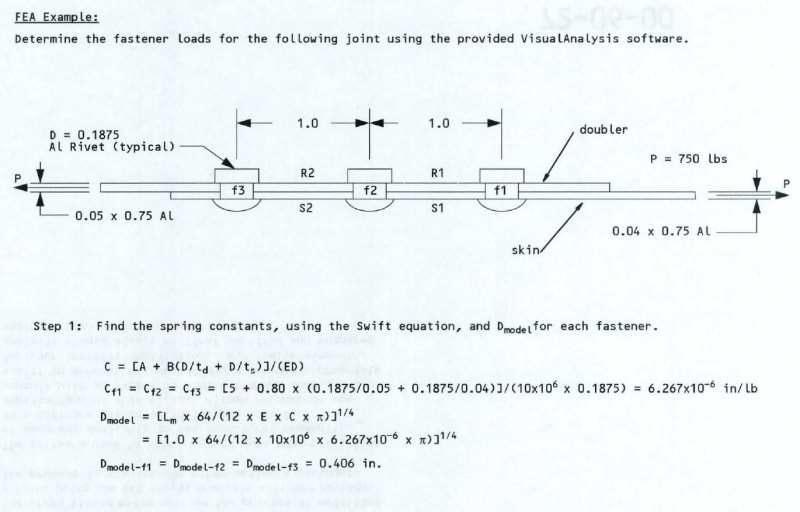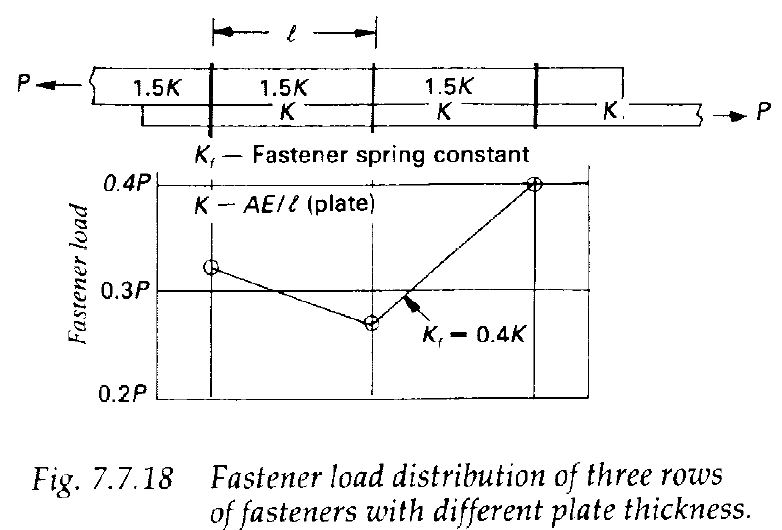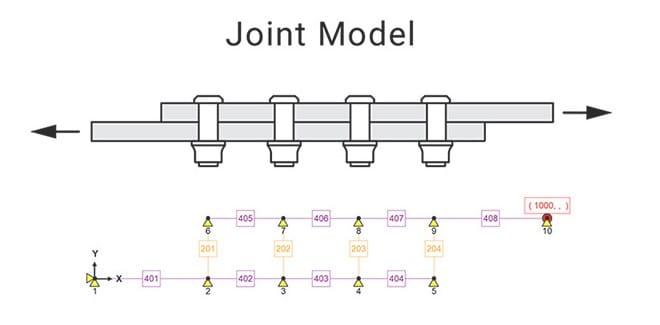I'm also confused by the direction this thread is going...
rb1957 said:
which is equally easily transferred into the FEM world (oh, but then that's the point of the post ... you're starting with fastener shear compliance, based on the Boeing stiffness calc [1]). You're modelling a 3/16" rivet that is joining two sheets, 0.05" and 0.04" thk, as a beam 0.406" diameter and 1" long ... and this makes sense ? what kills the problem solution is the increased offset between the load and the reaction (what should be 0.045" is now 1") ... this is not good modelling.
BragiBaldursson said:
Rb1957 explain to me in detail how you would setup a finite element model to model this?
From the start it seemed like the question was not regarding the 1D load transfer analysis itself. OP stated they had that worked out but either didn't trust the results or just wanted to verify them using FEA. Problem is OP doesn't have access to FEA software and was asking someone in the forums to do it for them instead.
I said:
1. This has been studied extensively and there are probably a plethora of papers doing that exact type of verification
2. You don't need software necessarily to do simple FEA.
3. Myself and others pointed out the questionable usefulness of this effort since 2D plates width actual width will not perfectly approximate the 1D compliance model results, and also secondary bending due to eccentricity needs to be accounted for.
OP basically cast some insults and now the discussion has shifted to:
-people giving advice on how to perform 1D compliance model calculations (not the question at hand)
-discussion of specific FE modelling practices, even though OP has stated they don't have access to any software.
Overall there is a lack of clear communication in what we're looking for. So OP, are you still looking for someone to create a FEM for you, or are you simply looking for
any software which will automate your hand calcs? Because that is not the same as validating. If you are using the tool ESPcomposites linked to, that is not a verification, it will be using the same method you've already done by hand.
Keep em' Flying
//Fight Corrosion!









